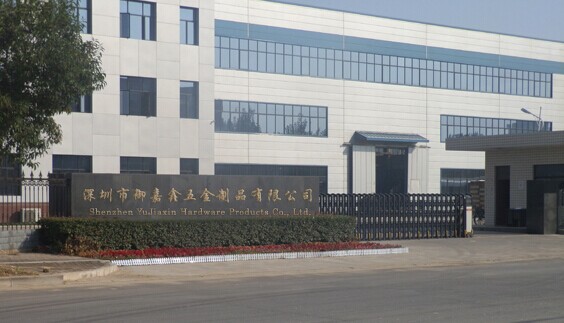
Powder metallurgy is a process technology for preparing metal powder or using metal powder (or a mixture of metal powder and non-metal powder) as a raw material, forming and sintering to produce metal materials, composite materials and various types of products. Powder metallurgy has similarities with the production of ceramics, and both belong to powder sintering technology. Therefore, a series of new powder metallurgy technologies can also be used for the preparation of ceramic materials. Due to the advantages of powder metallurgy technology, it has become the key to solving the problems of new materials and plays a pivotal role in the development of new materials. So what is the use of powder metallurgy? What are the advantages and disadvantages of the metal powder metallurgy product process?
What is the use of powder metallurgy?
Powder metallurgy has unique chemical composition and mechanical and physical properties, and these properties cannot be obtained by traditional melting and casting methods. The use of powder metallurgy technology can directly produce porous, semi-dense or full-dense materials and products, such as oil-bearing bearings, gears, cams, guide rods, tools, etc. It is a rare cutting process.
(1) Powder metallurgy technology can minimize the segregation of alloy components and eliminate coarse and uneven casting structures. In the preparation of high-performance rare earth permanent magnetic materials, rare earth hydrogen storage materials, rare earth luminescent materials, rare earth catalysts, high temperature superconducting materials, new metal materials (such as Al-Li alloys, heat-resistant Al alloys, super alloys, powder corrosion-resistant stainless steel, powder High-speed steel, intermetallic compounds, high-temperature structural materials, etc.) play an important role.
(2) A series of high-performance non-equilibrium materials such as amorphous, microcrystalline, quasicrystalline, nanocrystalline and supersaturated solid solution can be prepared. These materials have excellent electrical, magnetic, optical and mechanical properties.
(3) It can easily realize multiple types of composites, and give full play to the respective characteristics of each component material. It is a process technology for low-cost production of high-performance metal matrix and ceramic composite materials.
(4) It can produce materials and products with special structures and properties that cannot be produced by ordinary smelting methods, such as new porous biological materials, porous separation membrane materials, high-performance structural ceramic abrasive tools and functional ceramic materials.
(5) Near net shape and automated mass production can be realized, thereby effectively reducing the resource and energy consumption of production.
(6) It can make full use of ore, tailings, steelmaking sludge, rolling steel scale, and recycling scrap metal as raw materials. It is a new technology that can effectively carry out material regeneration and comprehensive utilization.
What are the advantages and disadvantages of the metal powder metallurgy product process?
advantage:
1. Most refractory metals and their compounds, pseudo alloys, and porous materials can only be manufactured by powder metallurgy. 2. Because the powder metallurgy method can be pressed into the final size of the compact, there is no or little need for subsequent mechanical processing, so it can greatly save metal and reduce product costs. When the powder metallurgy method is used to manufacture the product, the metal loss is only 1-5%, and when the general melting and casting method is used, the metal loss may reach 80%.
3. Since the powder metallurgy process does not melt the material during the material production process, it is not afraid to mix impurities brought by the crucible and deoxidizer. The sintering is generally carried out in a vacuum and reducing atmosphere, and it is not afraid of oxidation or damage to the material. Any pollution, it is possible to produce high-purity materials.
4. The powder metallurgy method can ensure the correctness and uniformity of the material composition ratio.
5. Powder metallurgy is suitable for producing products of the same shape and in large quantities, especially gears and other products with high processing costs. The production of powder metallurgy can greatly reduce production costs.
Disadvantages:
1.The size of the parts should be considered when there is no batch.
2. The mold cost is relatively higher than the casting mold.
Powder metallurgy (P/M) technology is an important material preparation and forming technology, which is known as the key to solving high-tech and new material problems... High performance, low cost, and net shape forming have always been one of the important research topics of powder metallurgy workers. Powder metallurgy can realize less cutting and no cutting of workpieces. It is an advanced technology for high-efficiency, high-quality, precise, low-consumption and energy-saving manufacturing parts. In the 1980s, many industries, especially the automobile industry, were more dependent on powder metallurgy technology than ever before. Using powder metallurgy high-performance parts as much as possible is a way to improve the competitiveness of automobiles, especially cars in the market. Powerful means. High-density P/M products are the key factor to ensure their excellent mechanical properties. Therefore, in order to expand the application range of powder metallurgy P/M parts, it is necessary to increase its density to obtain powder metallurgy parts with excellent mechanical properties.